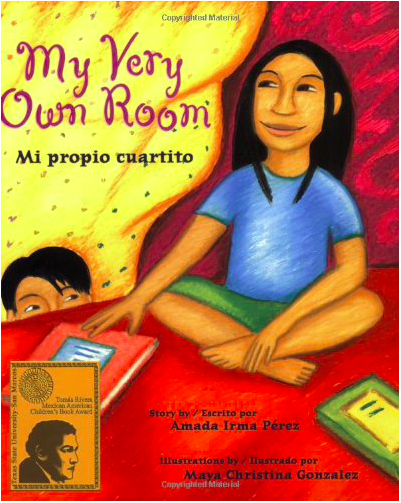Just like Monica and her family, we love travelling. We love discovering new places. And we love taking our children everywhere we possibly can (like The Louvre a few weeks ago).
Wherever we go, however we travel, there are few things we always take with us. We travel light. We are not ones for packing toilet paper on a trans-Atlantic flight or children's favourite toys (beyond the one item).
A few weeks ago, I shared a few of the things we have never taken away with us and got quite a few passionate pleas for those items on social media. I wanted to share, here, some of my favourite family travel essentials. From medicine to car seats, here are the eight things we take, without fail, on our travels with our two young children.
Travel guide
I love planning my trips with Pinterest and online travel blogs. I also find using a good old paper travel guide very rewarding. I love reading about the history of the places before or sometimes after our visits. And when wifi is a miss, they come in very handy.
Sat nav (GPS) app
Whether it is a few kilometres away or hundreds of miles away, we love Waze. It works well in most countries we have visited so far. It is free. It is community-based so information about traffic jams and roadwords tends to be very accurate. You can set your destination when leaving your accommodation (using wifi) and you are good to go for the day. The only downside is that it tends to use a lot of your battery life. Don't forget the car charger.
A good old map
Even though, we use electronic devices to navigate, sometimes a good old detailed map of the area you are staying in can give you ideas for exploring and discovering new things. I love spotting a town with a funny name or a road highlighted in green (natural beauty) and just heading in that direction on a whim.
Bubble Bum booster seat
Our favourite booster seat ever. It is inflatable, light, folds flat and is approved by the EU safety standards and many other safety agencies around the world. It is suitable from age 4 and avoids having to lug around a huge booster seat. We have been using it for a while now and never had a problem with it.
Trail Wallet
To keep track of expenses on longer trips, I always use Trail Wallet. Again, it is free and you can enter your total budget, daily budget and any currency you are using. Call me organised if you like but I don't like to come home to a big surprise in my bank account.
Arnica
In my first aid kit, amongst a bunch of other remedies, there is always a tube of Arnica creme and small pills. Suitable for all kinds of grazes, bruises, it is the perfect go to remedy for children falls, bumps and other minor accidents. I even carry some in my handbag: because toddler!
A camera
Of course, I take way too many photos of my family and our travels and not enough photos of me. I bet I am not alone. I am hoping to have solved this partly by getting our eldest her own little camera. She absolutely love it and it is fun seeing our travels through her eyes.
Baby carrier
Our youngest is still only two years old. We use a baby carrier for him still. It is lightweight, foldable, great for airports and children can be carried on your back for a long time. I would not have been able to fly from Europe to the US alone with two kids without it. I left the stroller at home. Too cumbersome.
What about you? What would you not leave home without?
----------------------------------------------
Former linguist. Maman to two little world citizens. Currently living in Germany (via the U.K., France, and Portugal). Annabelle blogs about life as a displaced multilingual mum at the piri-piri lexicon. You can also find her on Instagram, Facebook, or Twitter.































.png)










